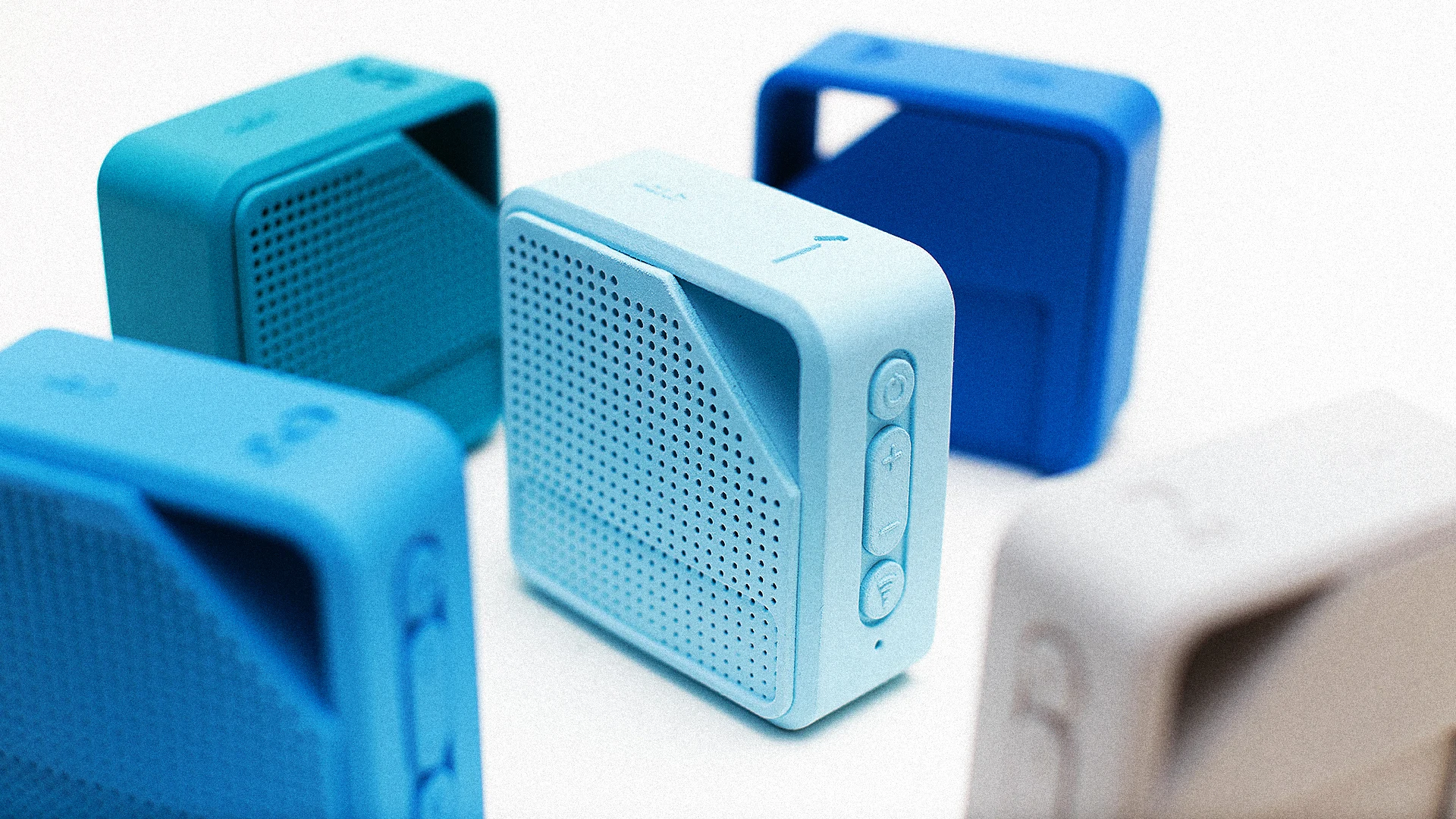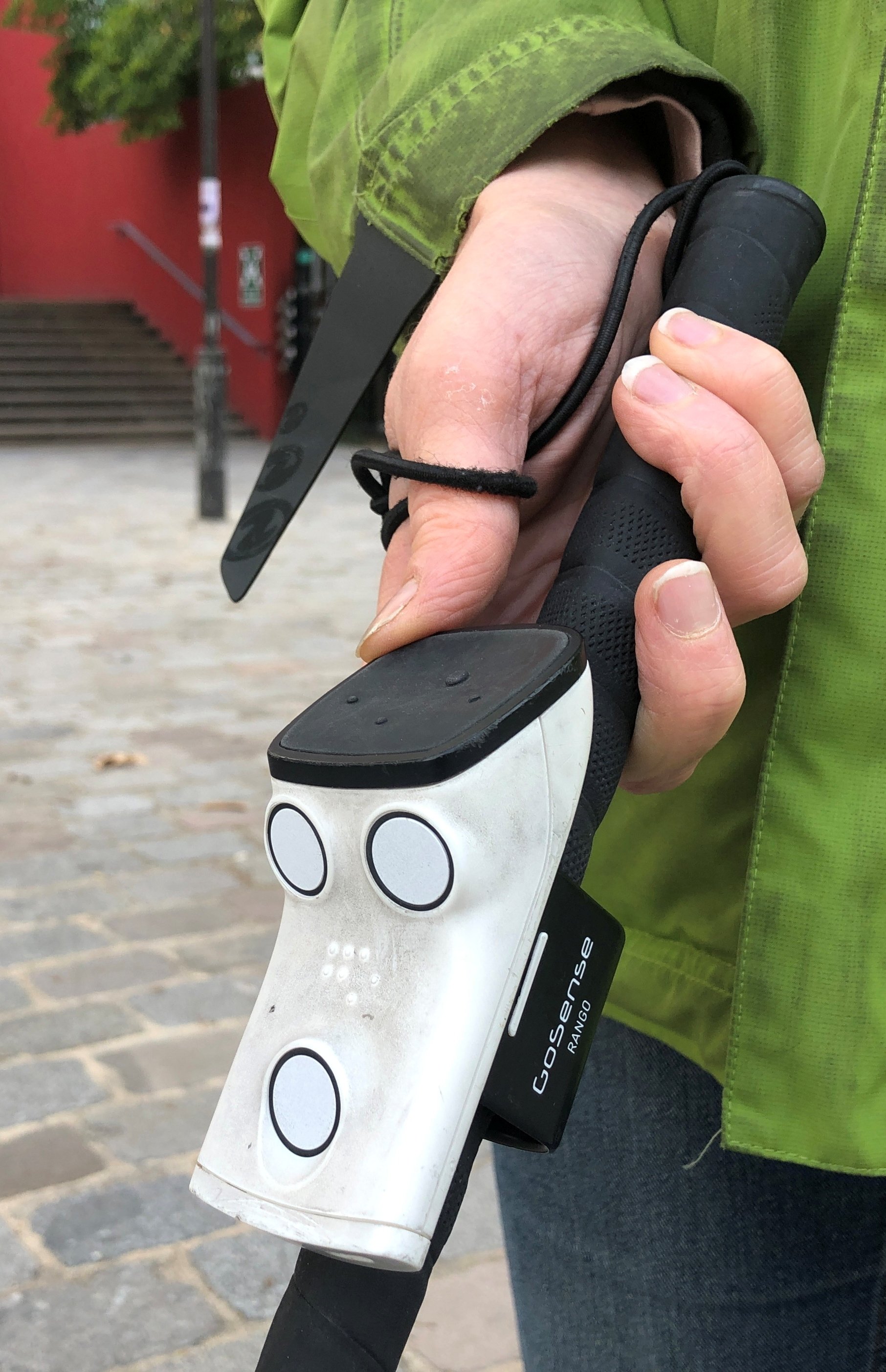Explore Advanced Glasses for the Visually Impaired and Their Benefits
Explore Advanced Glasses for the Visually Impaired and Their Benefits
Blog Article
Enhancing Lives With Advanced Assistive Gadgets for the Blind
The combination of sophisticated assistive devices for the blind is changing how individuals experience their surroundings and engage with their communities. What does this evolution suggest for the future of assistive innovation and its duty in empowering people?
Review of Assistive Tools
Assistive gadgets for the blind encompass a diverse series of innovations and tools developed to boost independence and improve the quality of life for people with visual problems. These tools accommodate different demands, from navigation and movement to interaction and daily job management.
One of the key classifications of assistive devices includes wheelchair aids, such as white walking canes and guide canines, which assist users navigate their environments safely. Digital traveling help, outfitted with sensing units and audio feedback, likewise play a substantial role in mobility improvement.
Furthermore, gadgets that help with everyday living tasks, such as flexible kitchen area tools, Braille labels, and speaking watches, encourage people to carry out tasks independently. Interaction aids, consisting of display readers and Braille screens, promote accessibility to information and enable individuals to engage successfully with the electronic globe.
In addition, low-tech solutions like multiplying glasses and large-print products stay essential for numerous customers. Collectively, these assistive tools offer not only as useful devices however likewise as important enablers of autonomy, promoting greater participation in a globe that commonly focuses on sighted experiences. Their assimilation into day-to-day live is important for advertising inclusivity and enhancing general health for those with aesthetic disabilities.
Innovative Technologies in Use
Innovation in modern technology has actually significantly changed the landscape of devices available for individuals with aesthetic disabilities. Amongst the most significant improvements are wise glasses incorporated with augmented truth, which supply real-time navigation support and item recognition. These devices utilize advanced cameras and artificial intelligence to deliver acoustic signs, boosting the user's spatial recognition and freedom.
Furthermore, mobile applications have become powerful sources, enabling users to recognize currency, read text aloud, and browse strange settings via spoken directions. Tools such as Braille displays and refreshable Braille gadgets continue to progress, providing smooth connectivity with mobile phones and computer systems, thus enhancing interaction and access to info.
Wearable innovation, including smartwatches equipped with voice-activated functions, additionally equips customers by promoting fast access to alerts and alerts without requiring visual involvement. Responsive maps and 3D printing are also getting traction, providing tangible representations of rooms that help in orientation and movement training.
Jointly, these ingenious innovations not only enhance the day-to-days live of visually damaged individuals however likewise foster greater independence, inclusivity, and engagement with the broader area, thereby improving understandings of ease of access. (Assistive technology for the blind)
Individual Stories of Empowerment
Empowerment typically arises from individual experiences that highlight the transformative influence of innovation on individuals with aesthetic disabilities. Take, for circumstances, the tale of Sarah, a young musician that restored her enthusiasm for painting with the usage of a wise cane furnished with obstacle discovery. This gadget not just promoted her mobility but instilled a newly found self-confidence, allowing her to browse public areas individually and pursue her creative ventures.

These stories emphasize the profound effects that advanced assistive tools can carry everyday life. By making it possible for individuals to get over obstacles, modern technology cultivates a feeling of autonomy and self-worth. Such empowerment tales function as a testament to the potential of innovation, showing just how the right tools can substantially boost lifestyle and open doors to brand-new possibilities for those with visual impairments.
Benefits of Advanced Solutions
The combination of cutting-edge modern technology right into assistive devices dramatically changes everyday experiences for those affected by vision loss. Screen readers for the blind. Gadgets such as clever walking sticks geared up with sensing units, navigating apps, and wearable browse around here modern technology are designed to supply real-time responses, improving spatial recognition and decreasing the dangers connected with wheelchair.
Furthermore, progressed assistive modern technologies promote social incorporation by helping with communication and communication. Voice-activated tools and apps permit individuals to accessibility info and involve with their environments article source separately, breaking obstacles that formerly prevented their participation in academic, professional, and social setups.
Furthermore, the modification and versatility of these solutions deal with the varied demands of customers, therefore boosting their total top quality of life. Boosted functionality, such as item acknowledgment and text-to-speech abilities, encourages people with aesthetic impairments to execute jobs that they might have once found testing. Inevitably, progressed assistive modern technologies not only boost self-reliance and security however likewise advertise self-respect and self-respect, enabling customers to lead fulfilling lives.
Future Trends in Assistive Technology
As innovation proceeds to develop, the landscape of assistive gadgets for the blind is poised for amazing improvements that will certainly better enhance ease of access and independence. Emerging fads in assistive technology show a change towards raised combination of expert system (AI) and artificial intelligence, making it possible for devices to adjust to private user needs in real-time. These technologies are expected to help with even more user-friendly navigation systems that can recognize barriers and offer audio comments, substantially improving outdoor flexibility.
Furthermore, the advancement of wearable technology, such as published here smart glasses outfitted with increased reality, will enable individuals to get contextual details about their environments, thus enhancing their spatial understanding. Furthermore, advancements in haptic innovation promise to produce responsive responses tools, permitting customers to regard information through touch, improving understanding and interaction with their environment.
Telecommunication breakthroughs are likewise leading the way for remote assistance solutions, where trained specialists can provide guidance using video phone calls, ensuring assistance is easily accessible. As these fads unfold, the future of assistive devices for the blind will unquestionably foster greater autonomy, encouraging people to navigate their world with self-confidence and convenience.

Final Thought
The integration of innovative assistive devices for the blind represents a significant improvement in promoting self-reliance and enhancing lifestyle. By using ingenious technologies, these gadgets encourage customers to navigate their environments with higher confidence and autonomy. As the field remains to progress, recurring study and growth will likely generate much more innovative remedies, additionally changing the lived experiences of individuals with aesthetic problems and promoting a higher feeling of inclusion within culture.
The assimilation of sophisticated assistive devices for the blind is transforming just how individuals experience their environments and interact with their communities. The integration of sophisticated technology into assistive devices substantially changes daily experiences for those impacted by vision loss.As innovation continues to advance, the landscape of assistive devices for the blind is poised for exceptional innovations that will certainly better enhance access and independence. Arising fads in assistive modern technology suggest a change toward boosted combination of man-made knowledge (AI) and device knowing, allowing devices to adjust to specific user needs in real-time.The assimilation of advanced assistive gadgets for the blind represents a significant advancement in cultivating self-reliance and improving quality of life.
Report this page